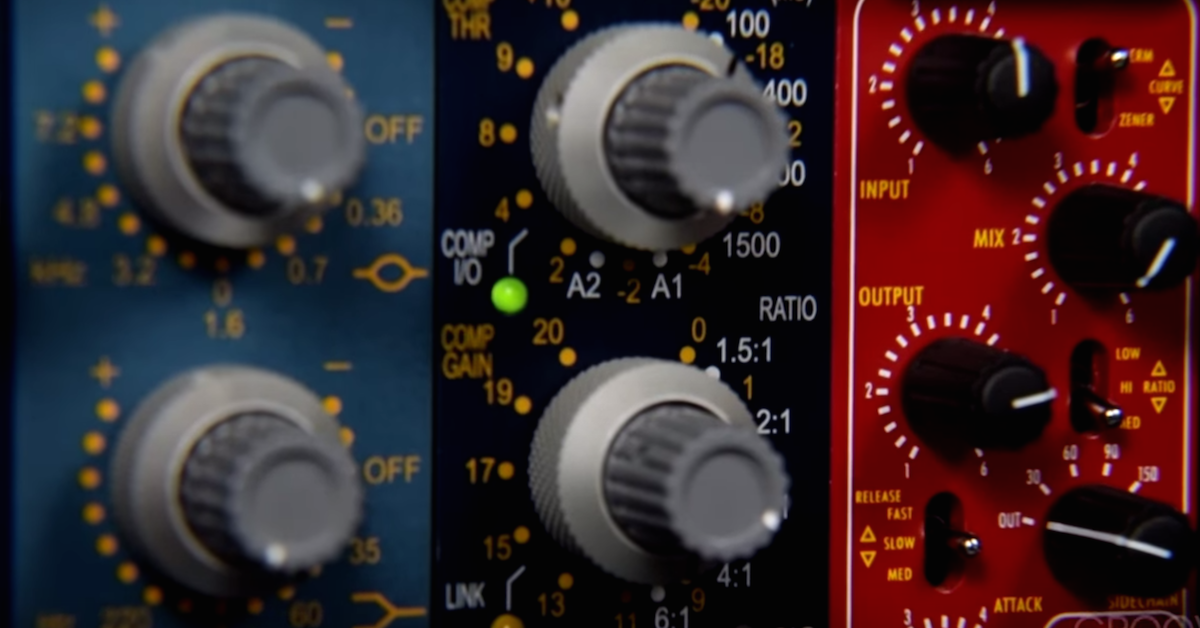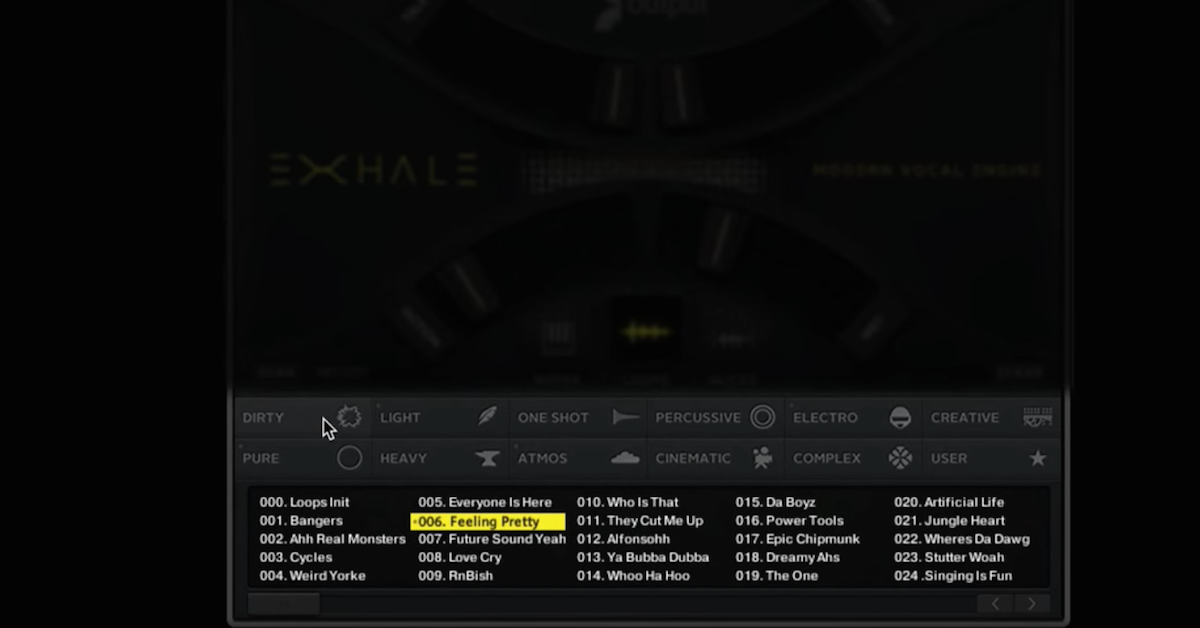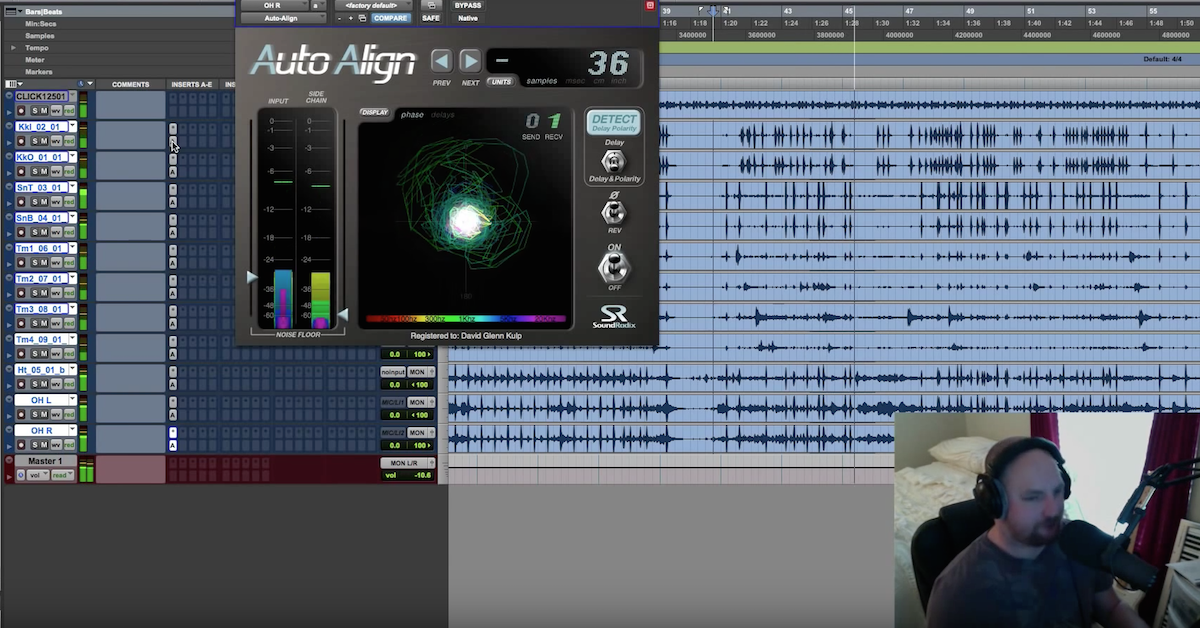Game Audio Review – Grand Theft Auto IV
Article Content
This article is a review of Grand Theft Auto IV as an example of the quality audio production and the power of modern day gaming audio.
Background
For those of you who are not big game players, or just haven’t picked up this game in the two years since its release, I’ll do a quick description. In Grand Theft Auto IV (GTA 4) players take up the life of Niko Bellic an eastern European who has moved to Liberty City (New York) on the behest of his cousin to live a life of luxury on the American Dream. Said dream however is working initially as a taxi driver for the cousin in the lowest and dirties part of the city. The game essentially revolves around the life of crime Niko finds himself in. It features vehicle driving; ranging from Cars, Motorbikes, Helicopters and boats. Violence is a key part of the game and gunfights are prolific it seems in Liberty City. Creating a soundtrack to fit this must have been a mammoth task and as per usual, the measure of its success is how subtle and unnoticeable this soundtrack is. I’ll break down various sections of the audio and talk about what makes each section so clever, before bringing it together at the end as a sign of the processing power available for game audio.
The City That Never Sleeps
One of the first and most impressive aspects of GTA’s soundtrack is the city ambiance. Anyone who regularly visits a city will know that there’s always something that you can hear, from a dull roar of traffic to more isolated events. GTA 4 manages to represent this sound with incredible realism.
An interview with Matthew Smith (Rockstar Audio Team) shows that they ‘have a system of ambient sources to make the more distant city feel alive’. He goes onto say that this is layered with the sounds of the actually events happening. For instance if a police siren is heard, at what seems not to great a distance, then the likelihood is that there is a police car the next street over. Another clever element of the games audio engine is its ability to alter the ambient sounds based on the time of day. If you’re driving around at 2 AM there is considerably less traffic on the road and fewer pedestrians around making noise, and this is all reflected in the audio the player hears.
The audio engine also takes into account your surroundings, or the environment of any sound, and what should be heard accordingly. For example if you drive through a tunnel then an appropriate reverb sound is played, or if someone shoots at you while they are in a tunnel then a smaller reverb is applied to represent this.
Liberty City Radio
As with most GTA game 4 offers a wide choice of music to listen to through the various Radio stations of Liberty City. This game focuses heavily on Eastern European style music and hip-hop, which does fit the nature of the player, story and city. There a few other styles for those interested such as Liberty Rock Radio (playing ‘classic’ rock songs) and Jazz Nation. The DJ’s now know what time it is, what the weather’s like and any big news within the city, though you do find that after a few hours game-play time it starts to repeat. All-in-all though with much more music per station, and the DJ’s as crazy as ever, listening to the radio is pretty fun in Liberty City.
Onto the more technical side of the music; and we’re led to EQ in the audio engine. There’s more than just Niko running around Liberty City and most people seem to be listening to the radio. For the first time however this is represented by the music ‘booming’ from other people’s cars as you walk or drive around. As in real-life the frequencies that escape as lower in nature and it really does sound realistic as someone drives past with their dance music going. Even cleverer is when a window is shot or a door opens and the audio changes the EQ dramatically to represent this. Suddenly the sound is louder and clearer that before and give a real sense of the door being opened or closed.
Bringing It Together
In order to understand just how powerful the audio engine is and how many files are being played and processed I’ll go through a little example. Let’s say you’re on a quest driving one of your friends around, e.g. Roman, while being chased by some angry people; a fairly typical mission. First we have all the background sound as discussed above, which according to Matthew Smith can result in thousands of individual sounds being played simultaneously (which I can believe).
Next you’ve got the vehicles; some of the vehicles have similar engine sounds, which is fair enough when they’re essentially the same car, but there are still a lot of different car sounds. The engine seems to have some sort of pitch processor for accelerating and decelerating and must loop but it’s definitely a very well done loop as it’s inaudible.
Then there’s the sounds of the people chasing you shooting their guns at your car. The game engine here is clever and the sound is again EQ’d so that as the enemy vehicle approaches the sounds of the gun-fire are more powerful, allowing you to distinguish how close they are without looking.
The dialogue throughout the game is good quality and the voice acting draws you right in. Despite the myriad of unusual accents you can clearly hear what people are saying even above all the usual noise; and even the Jamaican character ‘Little Jacob’ is understandable to an Englishman like me (though that ‘Bad-man’ character is talking gibberish). For our example Roman will likely be in the passenger seat of your car, probably moaning about getting shot and the processing needed continues as Niko replies or someone phones them up at an inopportune time.
There will also likely be various other sounds as you inevitably hit something (or someone) with your car, the police chase you, or it starts to rain. You can also choose to have your radio on which features all the variables talked about above. As such I hope it impresses upon people the sheer number of files the game engine could be playing at any one time, and not only playing but processing and affecting with any one or a number of the various effects I’ve talked about. Video game audio has really become a complete art-from that unfortunately, like Foley and other Visual Medias, doesn’t get noticed unless you’re listening for it.
Click to learn more about the history of Video Game Music, and how it’s evolved.




